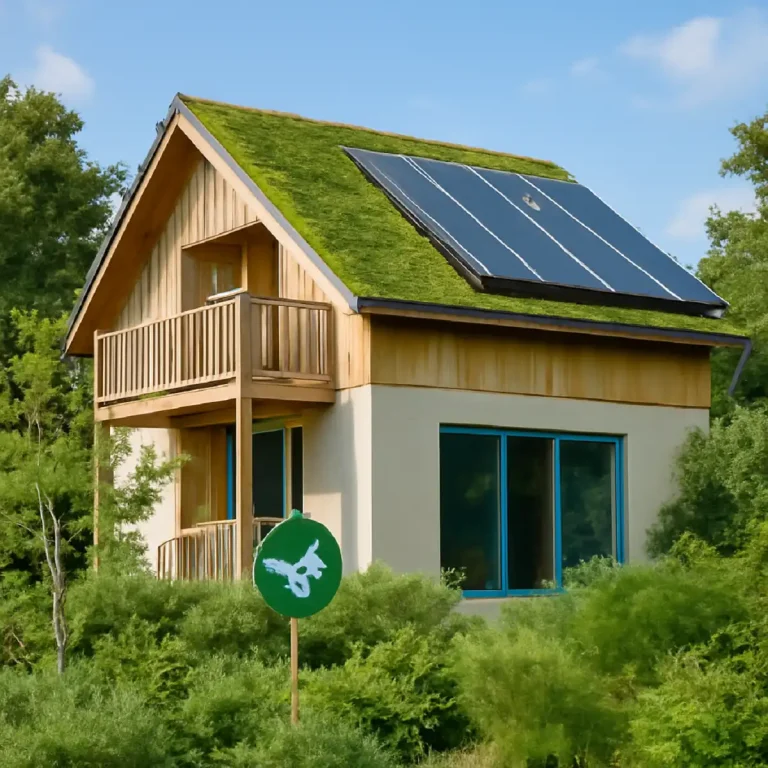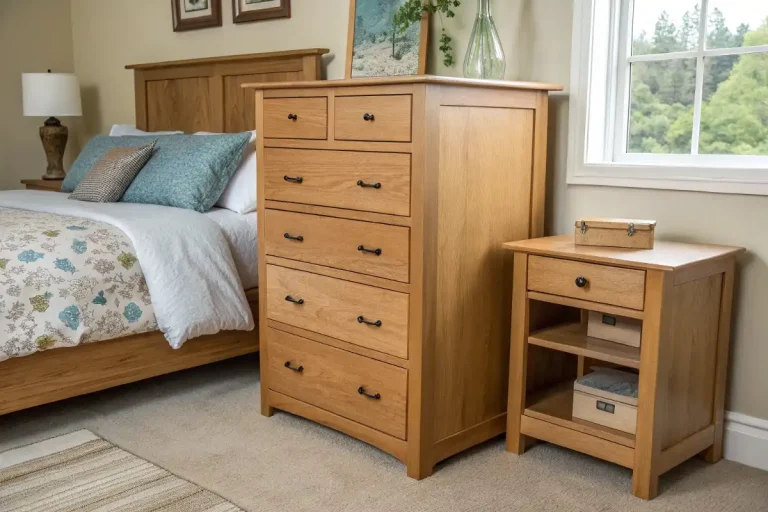What is Home Insulation? and How to Home Insulation?
Whether you’re sprucing up a cozy bungalow in the Midwest or building a sleek modern pad on the West Coast, getting your home insulation right can make your place more comfortable, eco-friendly, and even boost its resale value. In this detailed guide, we’ll dive deep into home insulation basics, explore the different types with their upsides and downsides, break down energy efficiency perks, and help you pick the perfect fit. (eco-friendly insulation solutions)

Table of Contents
What Exactly is Home Insulation and Why Should You Care?
Picture this: You’re curled up on the couch during a chilly New England evening, but instead of cranking the heat, your home stays toasty without breaking the bank. That’s the magic of home insulation—materials that act like a cozy blanket for your house, slowing down heat transfer between inside and out. It creates a thermal barrier that keeps indoor temps steady, tackles annoyances like drafts, uneven heating, high utility bills, frozen pipes, and even keeps pests at bay by sealing up gaps.
From my design perspective, great home insulation gives you more freedom to play with layouts and finishes. No more worrying about cold spots ruining your open-plan kitchen or noise disrupting your home office sanctuary. Plus, it helps preserve those beautiful wood floors or painted walls by maintaining consistent humidity levels.
The key metric here is the R-value, which measures how well the material resists heat flow—a higher number means better insulation. But it’s not one-size-fits-all; it depends on your U.S. climate zone. For example, if you’re in the frigid Zone 7 up in Alaska or northern Minnesota, you might need R-49 to R-60 in your attic for top-notch performance. In sunnier Zone 1 spots like southern Florida, focus on R-30 or radiant barriers to bounce back that intense heat. I always tell clients to check the Department of Energy’s climate zone map to nail this down early in any reno project—it ensures your insulation meshes seamlessly with your design without ugly add-ons later.
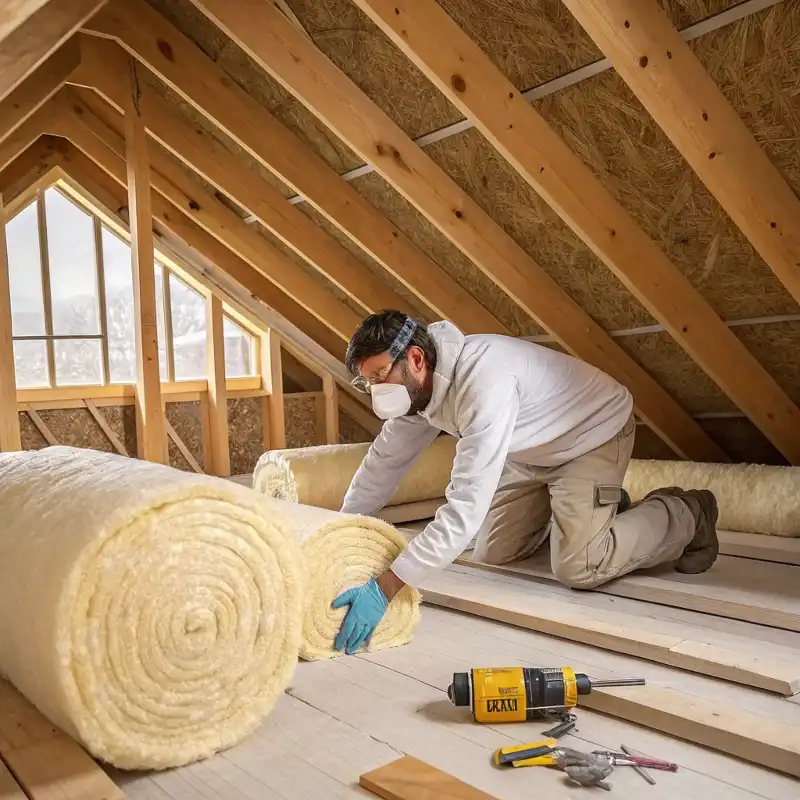
Exploring the Main Types of Home Insulation: Pros, Cons, and Best Uses
When it comes to picking home insulation, there’s a buffet of options, each with its own vibe for different parts of your home and budget. I’ve broken them down below, including pros and cons based on real-world applications, to help you decide. Remember, the goal is to boost energy efficiency while keeping your interior looking sharp.
- Blanket Insulation (Batts and Rolls): These are like big, fluffy sheets made from fiberglass or mineral wool that you unroll or cut to fit between studs, joists, or beams. Super common for unfinished attics, walls, or floors.
- Pros: Affordable, easy for DIYers, great for soundproofing, and you can layer them without messing up your clean, modern lines.
- Cons: Can sag over time if not installed right, might irritate skin during handling, and less effective in irregular spaces.
- Best For: New builds or simple retrofits in moderate climates like Zone 4 (think Midwest states).
- Foam Board or Rigid Foam: Stiff panels from materials like polystyrene or polyisocyanurate, offering slim profiles with high R-values (up to R-6.5 per inch).
- Pros: Excellent for moisture resistance, reduces thermal bridging (where heat sneaks through framing), and hides easily behind drywall for a polished finish.
- Cons: More expensive upfront, not as flexible for odd shapes, and can be tricky to cut without proper tools.
- Best For: Basements, exterior walls, or foundations in humid areas like the Southeast (Zone 3).
- Loose-Fill or Blown-In Insulation: Tiny particles of cellulose, fiberglass, or mineral wool blown into spaces with a machine—perfect for filling nooks and crannies.
- Pros: Ideal for retrofitting older homes without tearing down walls, eco-friendly options available (like recycled cellulose), and settles well for even coverage.
- Cons: Can settle over time reducing effectiveness, needs professional equipment, and might not be as moisture-resistant.
- Best For: Attics in historic homes or additions where you want to preserve original features, common in Zones 5-6 like the Northeast.
- Sprayed Foam Insulation (Open-Cell or Closed-Cell): Liquid foam that expands on site to seal cavities airtight.
- Pros: Superior air sealing and high R-values (closed-cell hits R-6.5 per inch), great for soundproofing media rooms or adding structural strength.
- Cons: Higher cost, requires pros to apply, and open-cell can absorb moisture if not vented properly.
- Best For: Attics, walls in humid or extreme climates—closed-cell shines in flood-prone areas like coastal Zone 2.
- Reflective or Radiant Barriers: Foil-faced materials that reflect heat rather than absorb it.
- Pros: Lightweight, effective in hot climates for reducing cooling costs, and doesn’t add bulk to your design.
- Cons: Less useful in cold areas, needs an air gap to work best, and not a standalone solution.
- Best For: Attics or roofs in sunny Southwest states (Zone 1-2).
- Specialized Options: Things like structural insulated panels (SIPs) for walls/roofs, insulating concrete forms (ICFs) for new builds, or injection foam for existing walls.
- Pros: High efficiency for modern, energy-tight homes; SIPs can cut energy use by up to 50% in some cases.
- Cons: Pricey for large projects, often need expert installation.
- Best For: Eco-conscious new constructions or additions.
In my experience, blending types—like spray foam in walls and blown-in for attics—lets you customize for both function and style, especially in open-concept designs where you don’t want visible bulk. (energy in smart homes)

Key Materials in Home Insulation: What They’re Made Of and Why It Matters
The stuff your insulation is made from affects everything from durability to how green your home feels. Here’s the lowdown:
- Fiberglass: Spun glass fibers—cheap, versatile for batts or blown-in, with R-3.2 per inch. Great for sound absorption but handle with gloves to avoid itchiness.
- Cellulose: Recycled paper or plant fibers, often treated for fire resistance. Eco-friendly (R-3.2-3.8 per inch) and perfect for sustainable vibes in your organic-themed living room.
- Foam Varieties (Polyurethane, Polystyrene, Polyisocyanurate): Synthetic options with high R-values (up to R-6.5); moisture-proof for damp basements.
- Mineral Wool (Rock or Slag): Melted rock or slag—fire-resistant (R-3.0-4.0 per inch), ideal around fireplaces in rustic designs.
- Natural Alternatives: Sheep’s wool, cotton, or denim—breathable and hypoallergenic for allergy-prone households.
- Reflective Foils or Cementitious Foams: For heat reflection or spray-on uses, enhancing airy, vaulted ceilings without weight.
Go for recycled materials like cellulose if you’re aiming for LEED certification—it appeals to eco-savvy buyers and can even qualify for extra incentives.
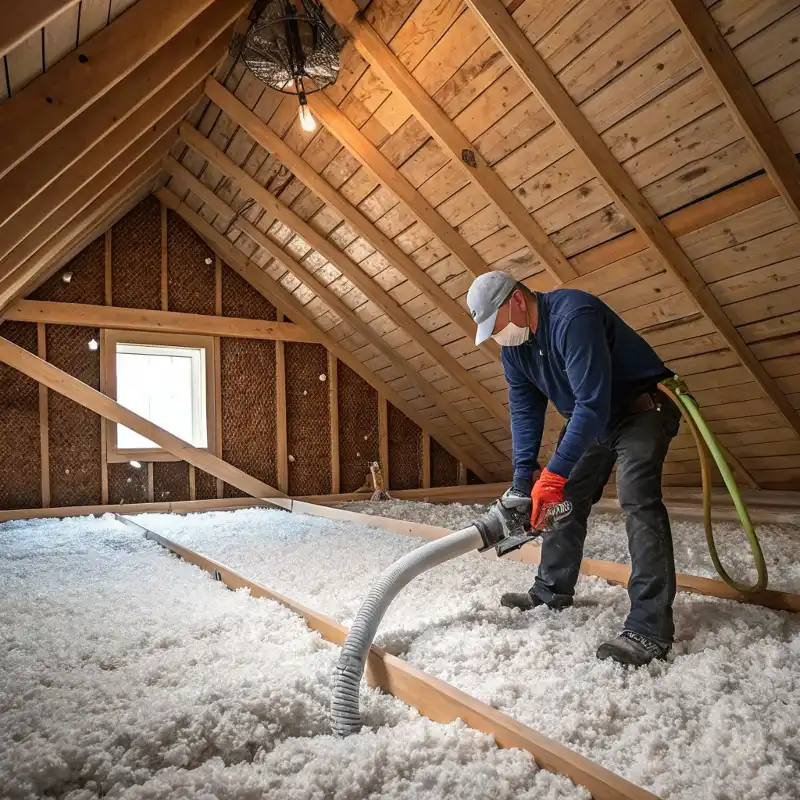
The Real Benefits of Home Insulation: More Than Just Savings
Upgrading your home insulation isn’t a splurge—it’s an investment that pays off big time. Let’s talk numbers: According to the EPA and Department of Energy, proper insulation and air sealing can slash heating and cooling costs by an average of 15%, or about 11% on your total energy bill. That’s real money—think $200-500 a year for the average U.S. home. Plus, it cuts carbon emissions by reducing energy use, which is huge for our planet—insulation in U.S. buildings saves enough energy annually to power millions of homes.
On the comfort side, say goodbye to drafts and hello to even temps year-round. It improves indoor air quality by blocking pollutants and allergens, reduces noise for quieter spaces, and prevents issues like mold or ice dams. Health-wise, studies show insulated homes lead to fewer respiratory problems. From a design angle, it lets you go bold with features like floor-to-ceiling windows without energy waste, and it can bump up your home’s value by 5-10% in energy-conscious markets.
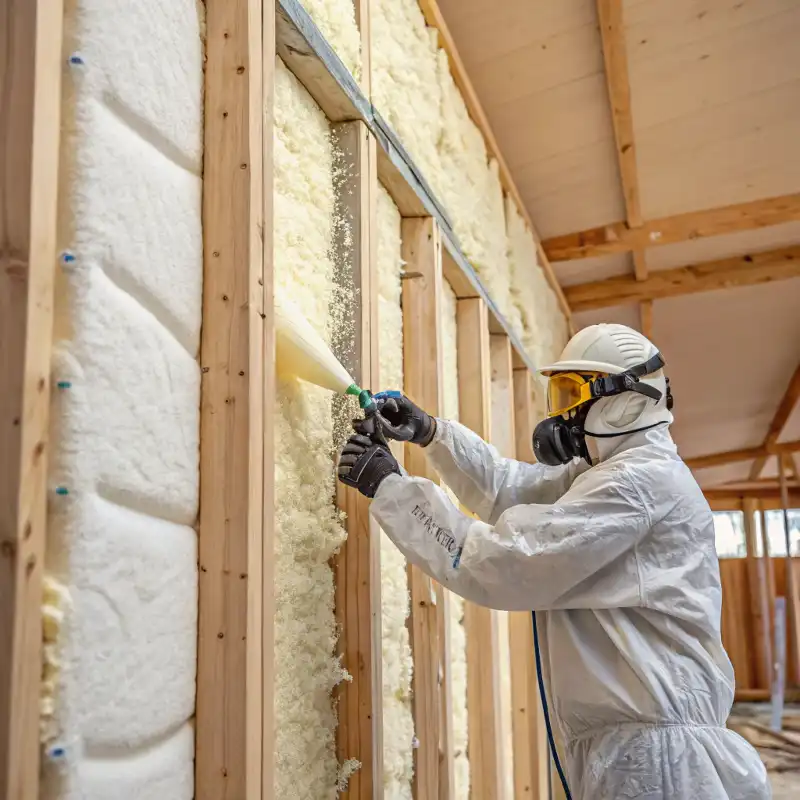
Where to Focus Your Home Insulation Efforts
To get the most bang for your buck, insulate strategically without disrupting your home’s flow:
- Attics and Roofs: Where up to 25% of heat escapes—go for blown-in or batts, with proper ventilation to dodge moisture buildup.
- Walls: Interior or exterior cavities; rigid foam on the outside cuts thermal bridges.
- Floors, Basements, and Foundations: Batts under floors or foam boards in crawl spaces for unheated areas.
- Ducts, Pipes, and Windows: Wrap ducts in unconditioned spaces and use tubular insulation on pipes to prevent bursts.
- Garages and Additions: SIPs or ICFs for new extensions to keep things efficient from the start.
In basements turned into family rooms, moisture-resistant foam turns damp dungeons into cozy hangouts.
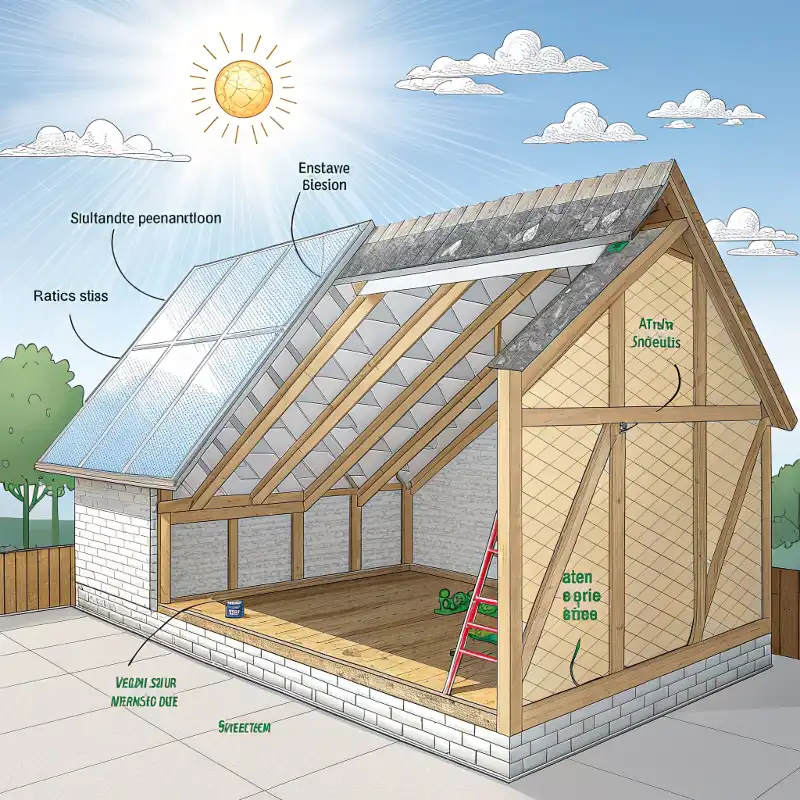
Installation: DIY or Call in the Pros?
You can tackle some home insulation yourself, but know your limits to avoid headaches.
- DIY-Friendly: Batts, rolls, or loose-fill with a rented blower—start by sealing leaks for max efficiency. Tools like staple guns and masks are must-haves.
- Pro-Only: Spray foam or injection needs experts for even application and safety.
- Tips for Success: Fix moisture issues first, add vapor barriers in cold climates, and cover with drywall for fire safety.
For remodels, hiring pros ensures no shifts in room sizes or finishes—I’ve seen DIY jobs turn into design disasters!
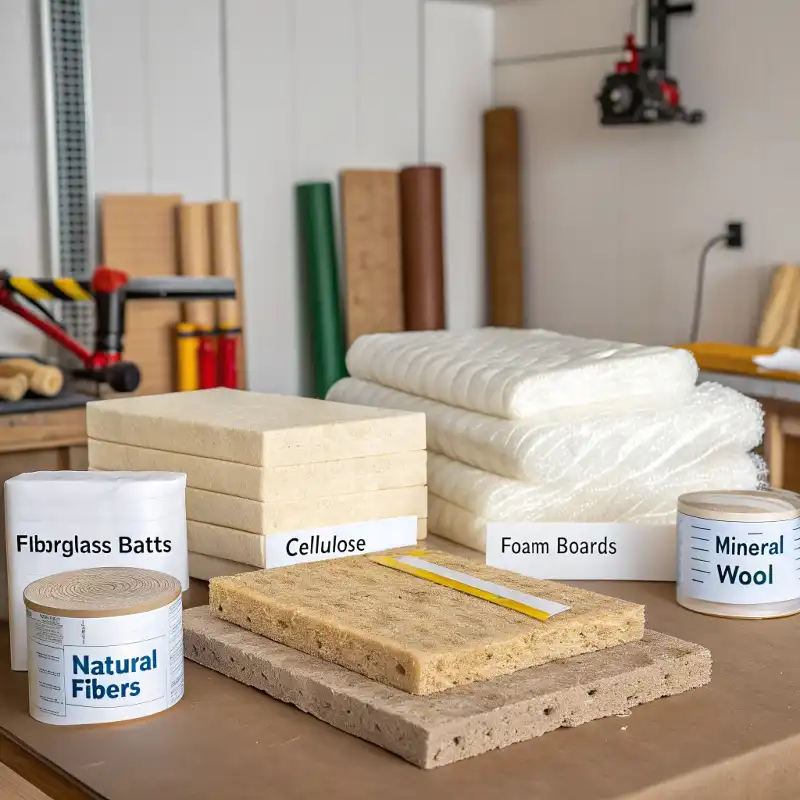
Home Insulation Costs, ROI, and 2025 Incentives
Costs vary, but the payback is quick. Fiberglass might run $0.30-$1 per square foot, while spray foam hits $1-$3. A full attic job? $1,500-$3,000 on average, with ROI in 3-5 years via savings.
Sweeten the deal with rebates: Under the Inflation Reduction Act, snag a 30% federal tax credit up to $1,200 for qualified insulation (materials only, through 2032, but check 2025 caps). Use IRS Form 5695. State programs via DSIRE or utility rebates (like SRP in Arizona up to $600) add more. Start with a $150 home energy audit—often rebated too.

How to Choose the Right Home Insulation for You
Factor in your climate (use that zone map!), budget, and goals. For cold Zone 6? High R-value closed-cell foam. Retrofits? Injection foam to skip demo. Eco-focus? Cellulose. Consult pros and R-value charts below for quick reference:
| Climate Zone | Attic R-Value | Wall R-Value | Floor R-Value |
| 1 (Warm) | R-30 | R-13 | R-13 |
| 2-3 (Mixed) | R-38 | R-13-20 | R-19 |
| 4-5 (Cool) | R-49 | R-13-20 | R-30 |
| 6-8 (Cold) | R-60 | R-20-25 | R-30 |
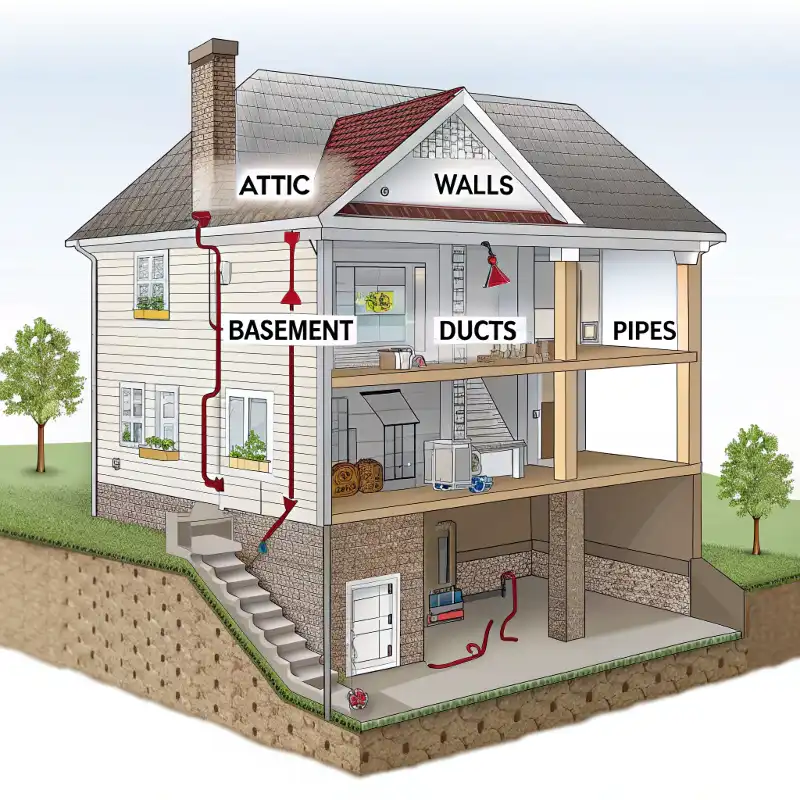
Frequently Asked Questions About Home Insulation
- How much can I really save? Up to 15% on HVAC costs—more if you pair with air sealing.
- Is it worth it for older homes? Absolutely—retrofits pay off fast without major renos.
- What about allergies? Opt for natural fibers or sealed foam to minimize irritants.
- How long does it last? Most types hold up 20-50 years with proper install.
Conclusion
Wrapping It Up: Make Home Insulation Your Next Smart Move
At the end of the day, nailing your home insulation is like giving your house a superpower—comfy, efficient, and stylish all in one. As a design pro, I always kick things off with an energy audit to customize it to your vision. With 2025 incentives rolling strong, now’s the time to dive in, cut those bills, and create a space you’ll love. Got questions? Drop a comment or reach out—let’s insulate your way to a better home!





